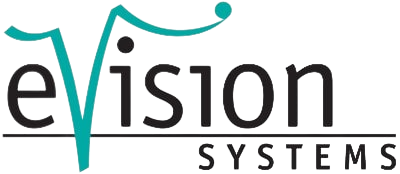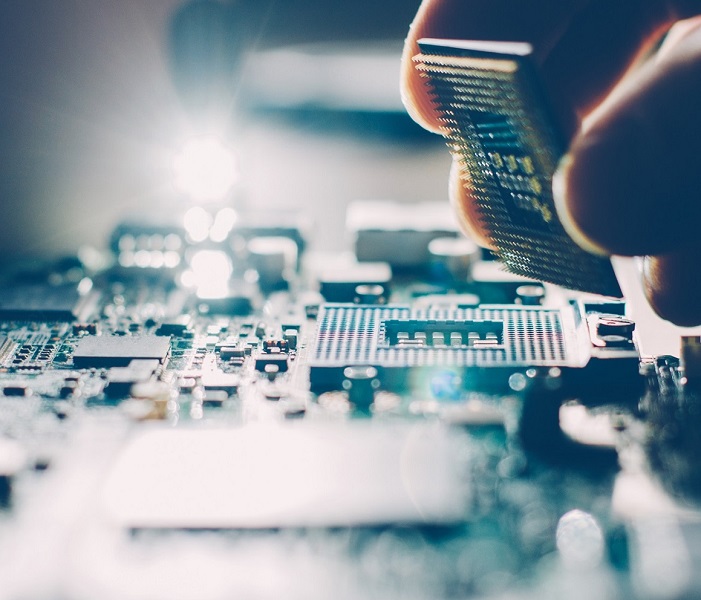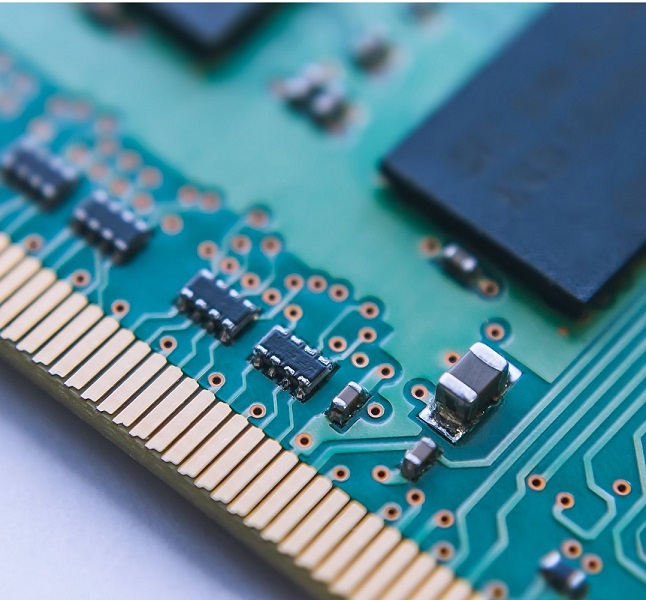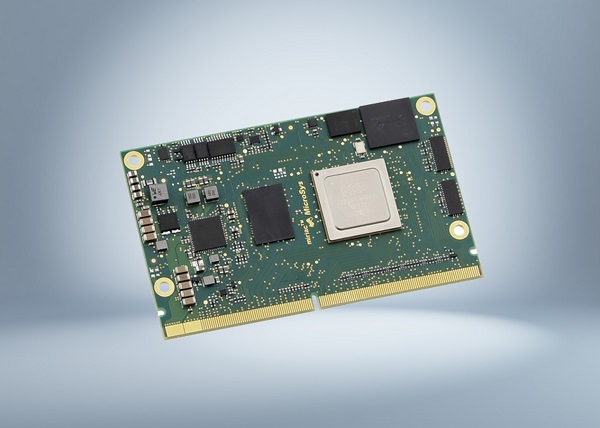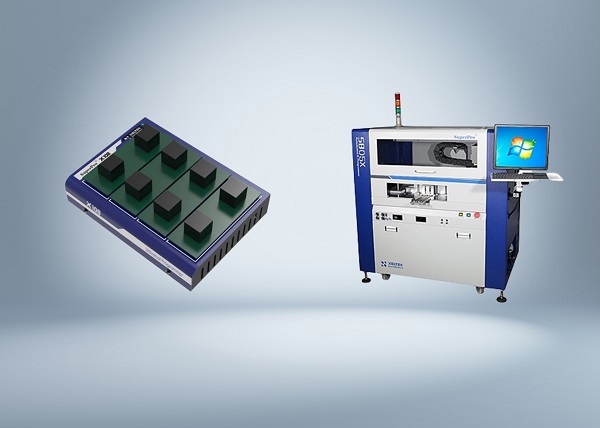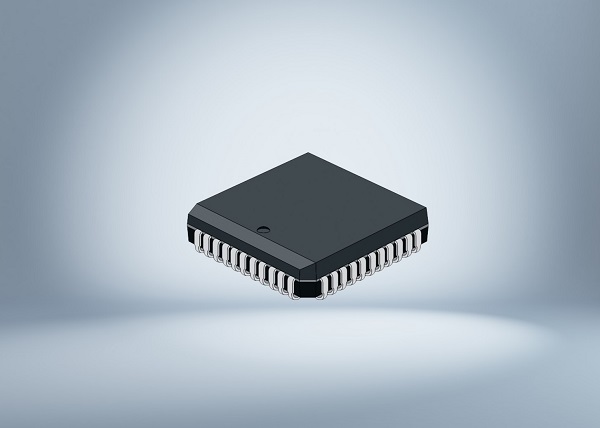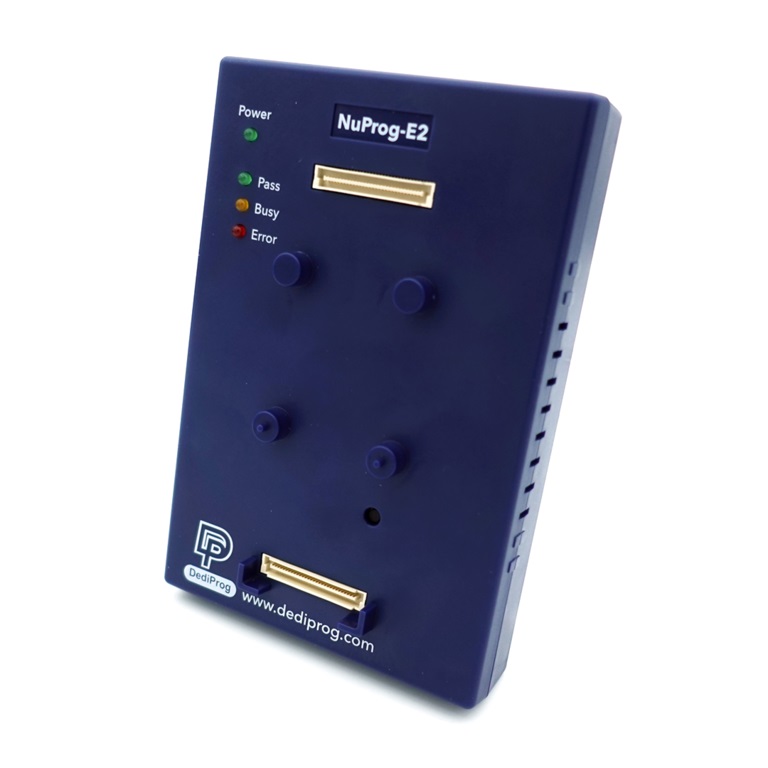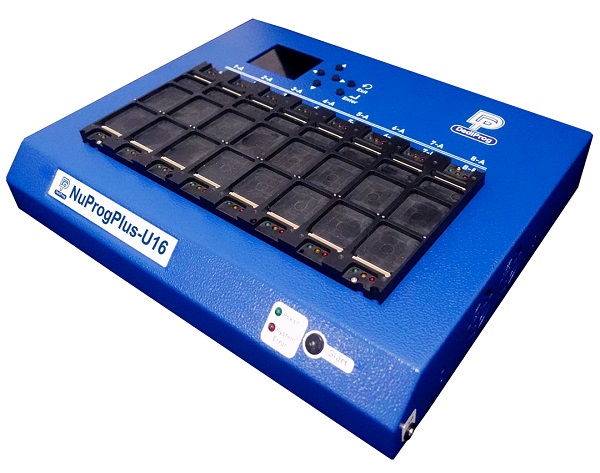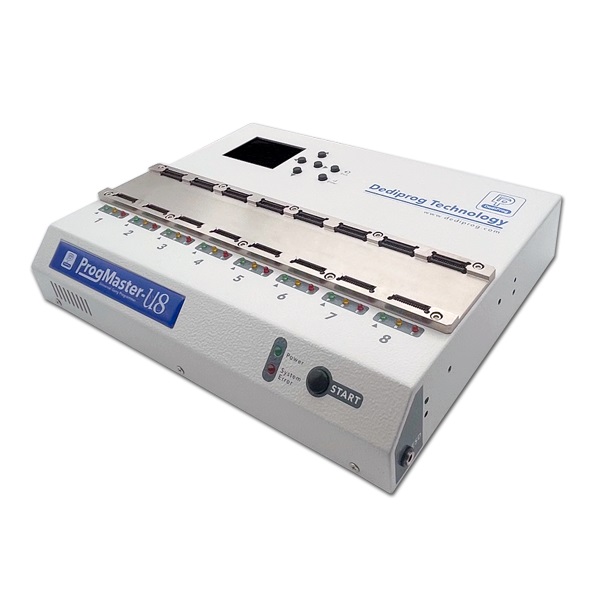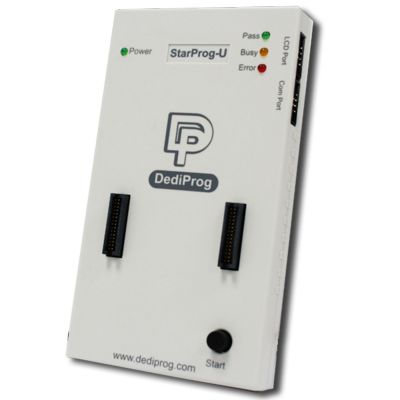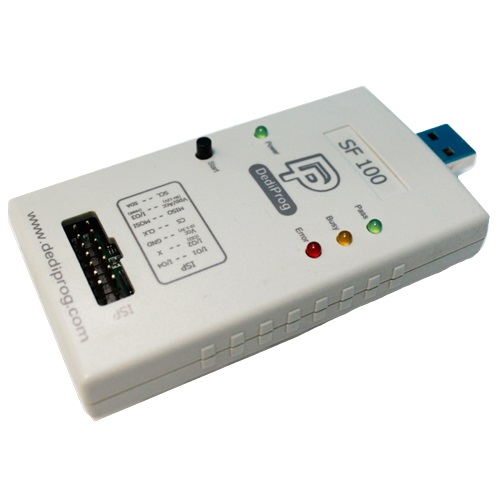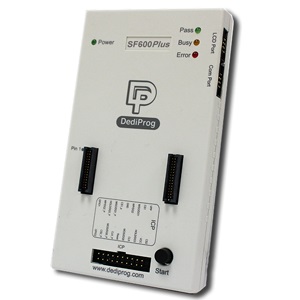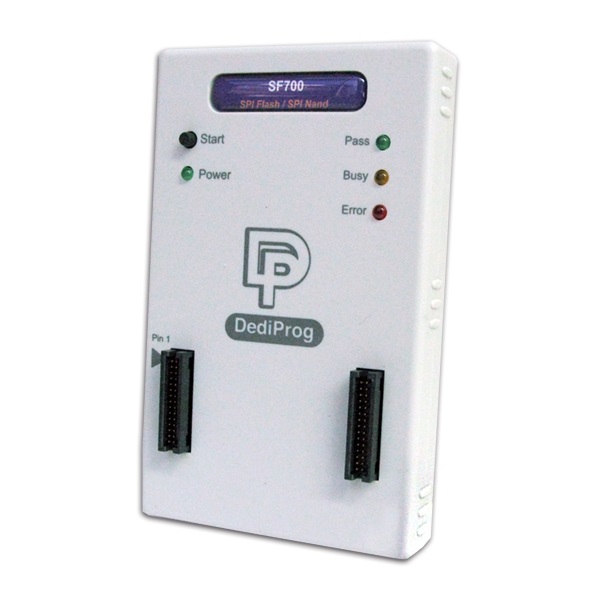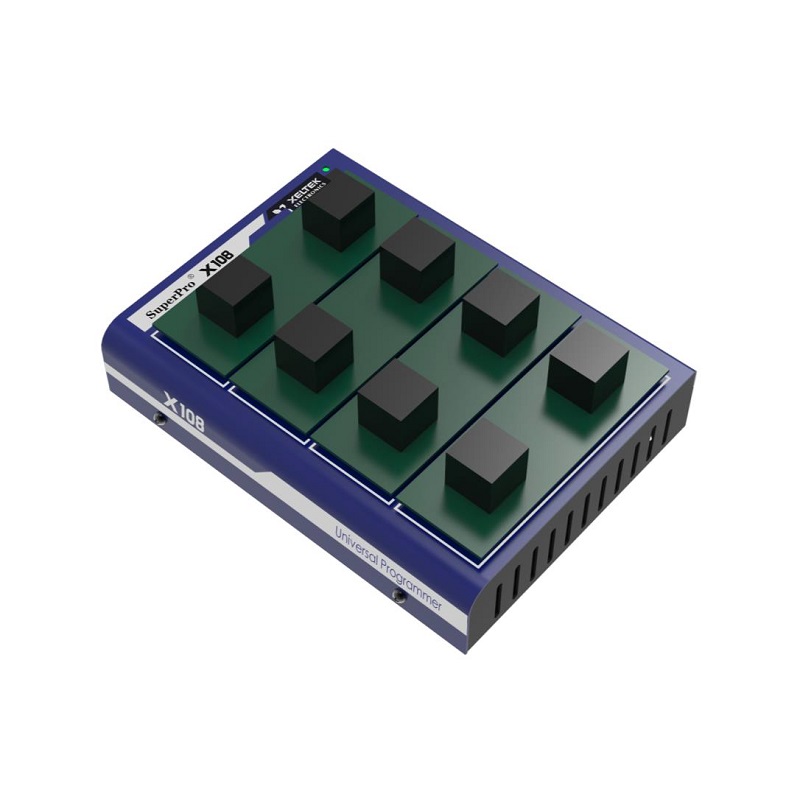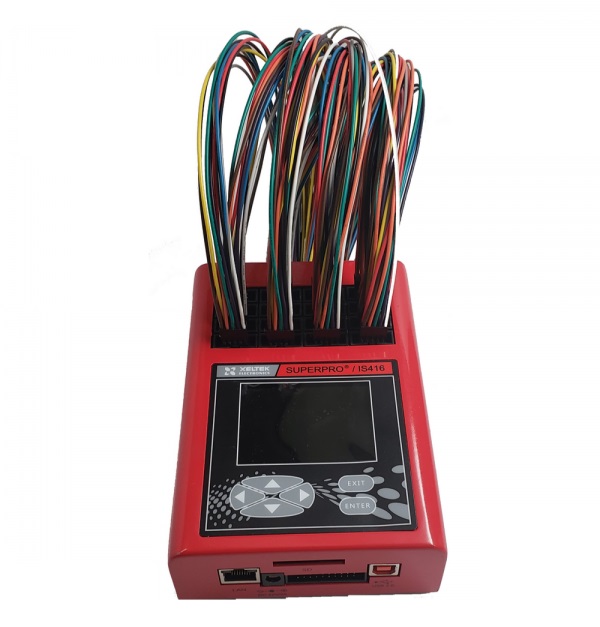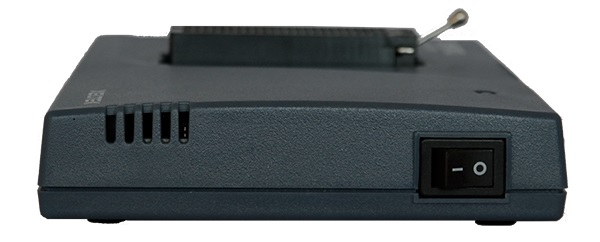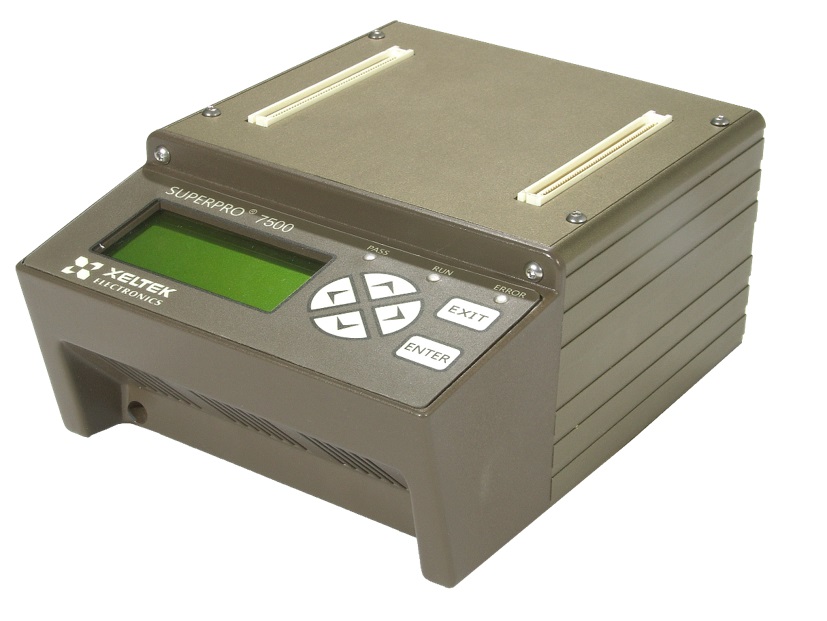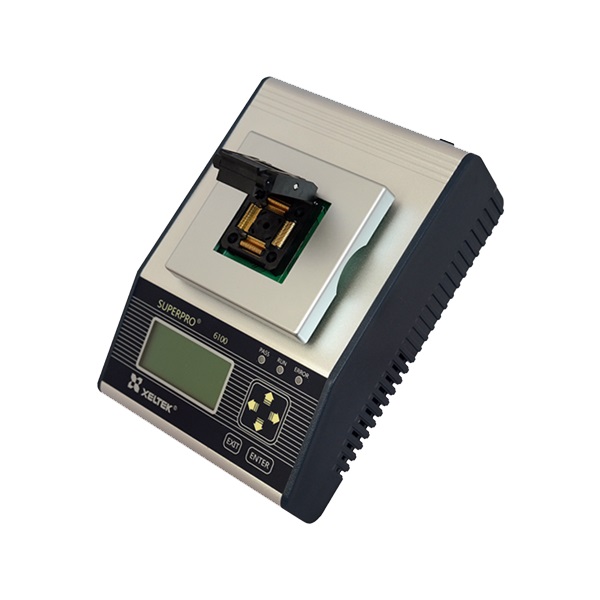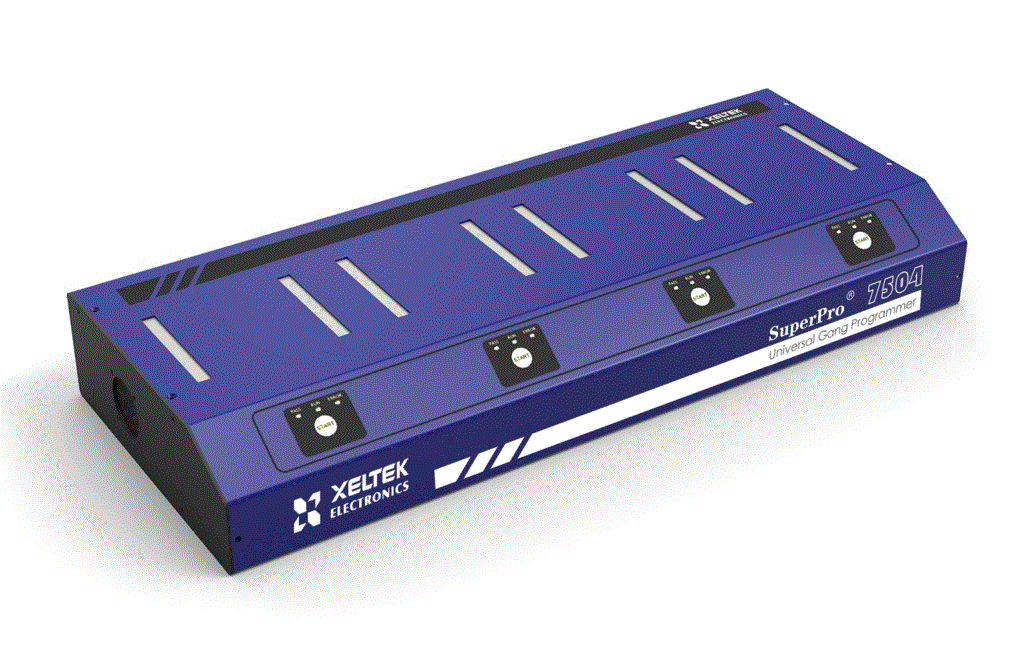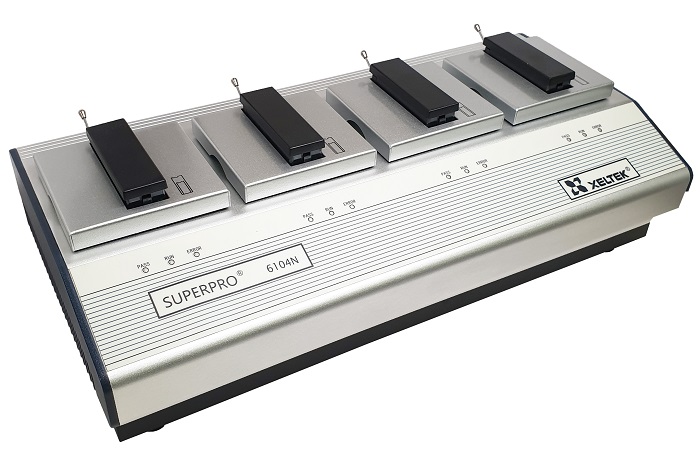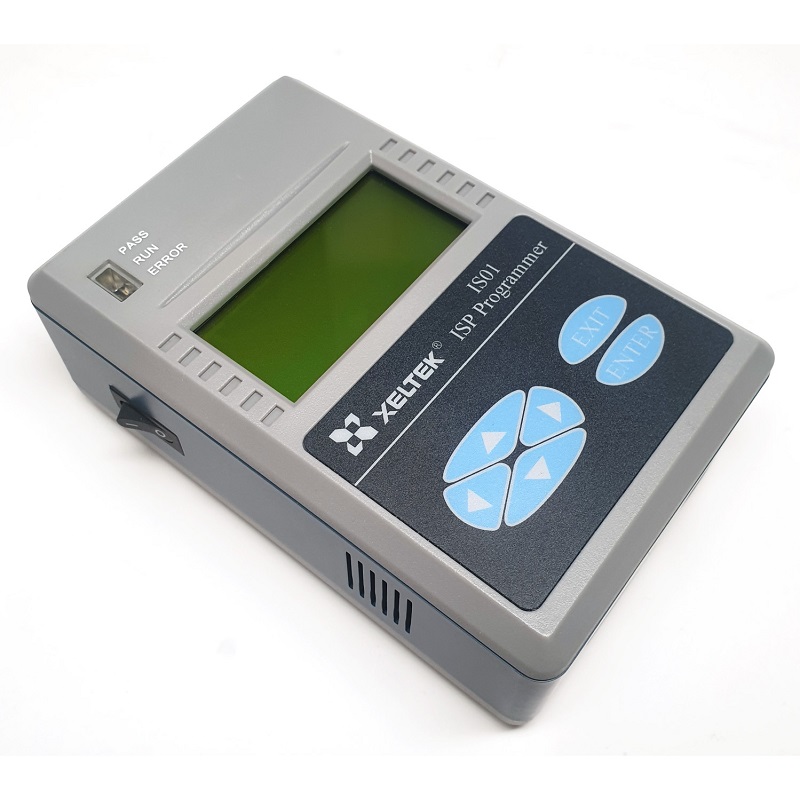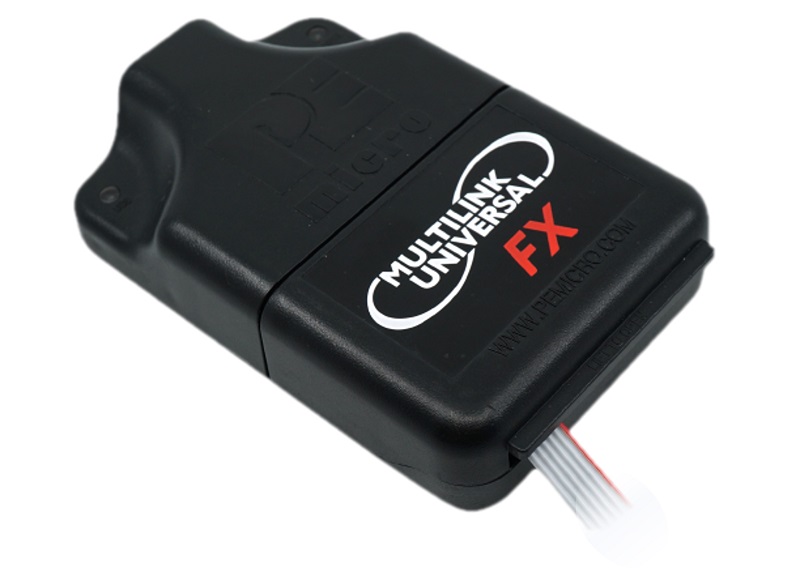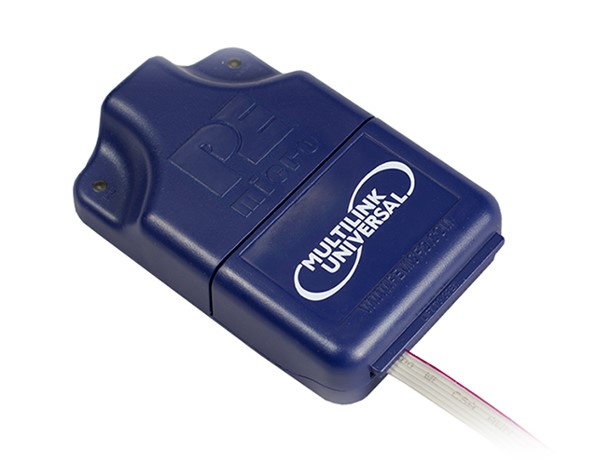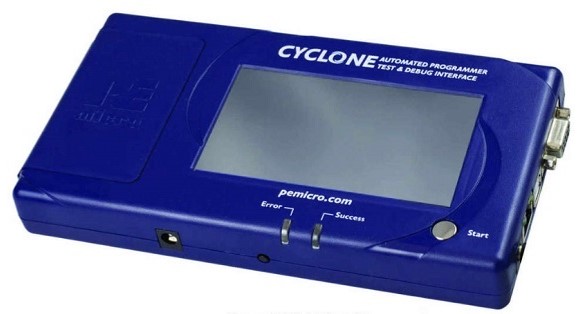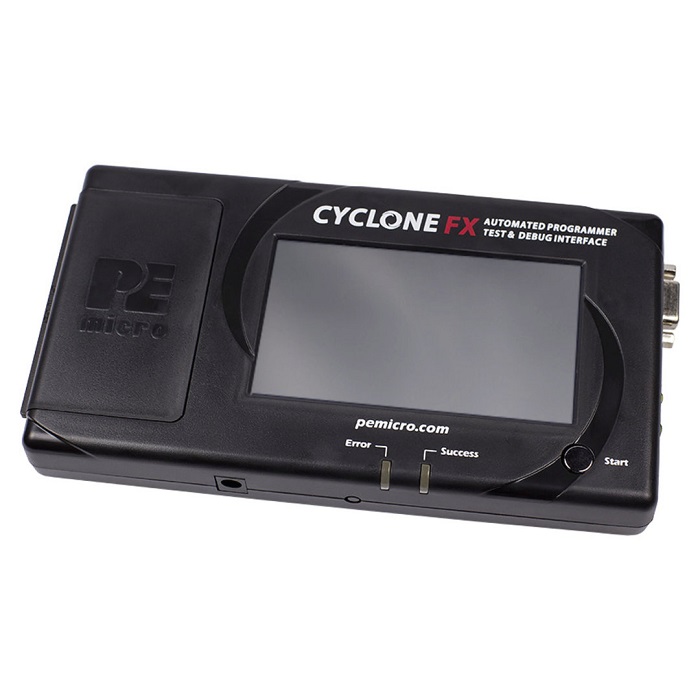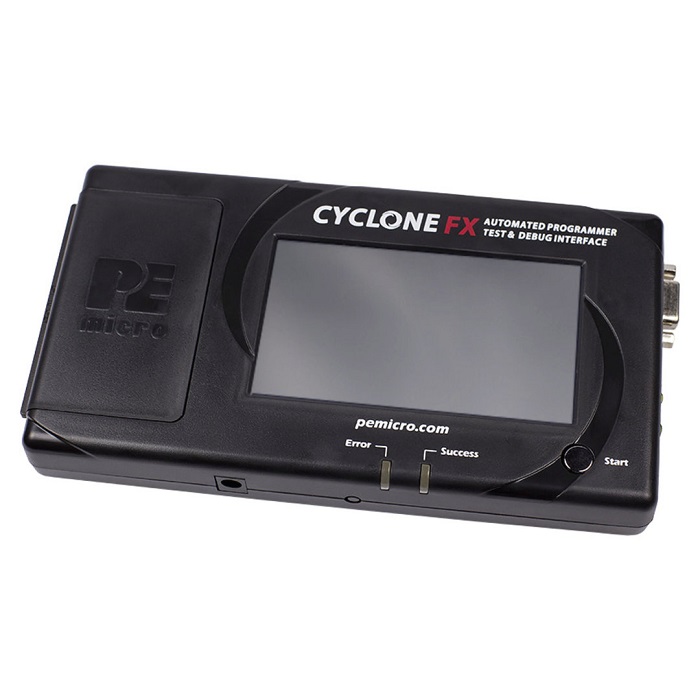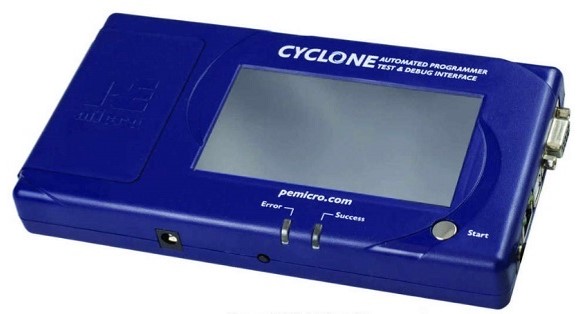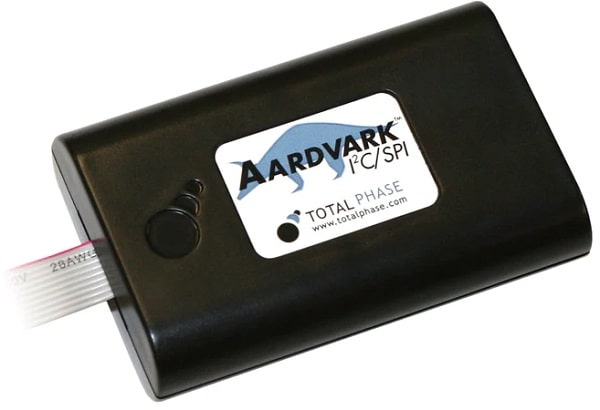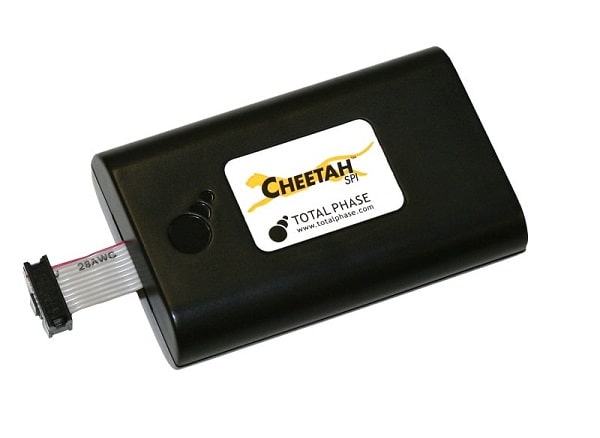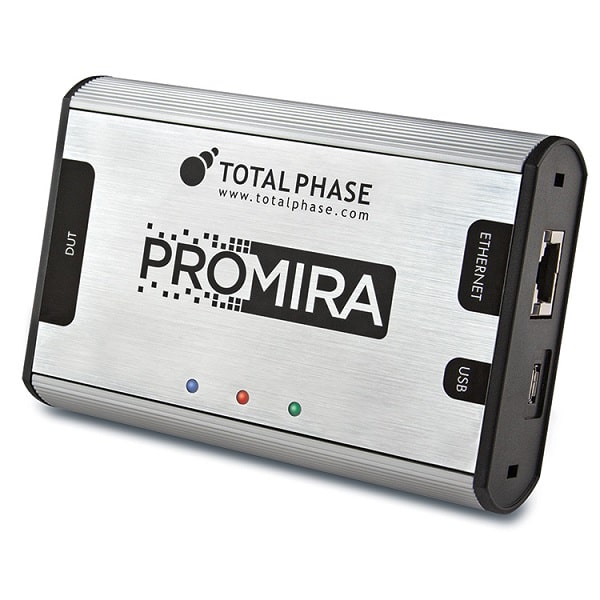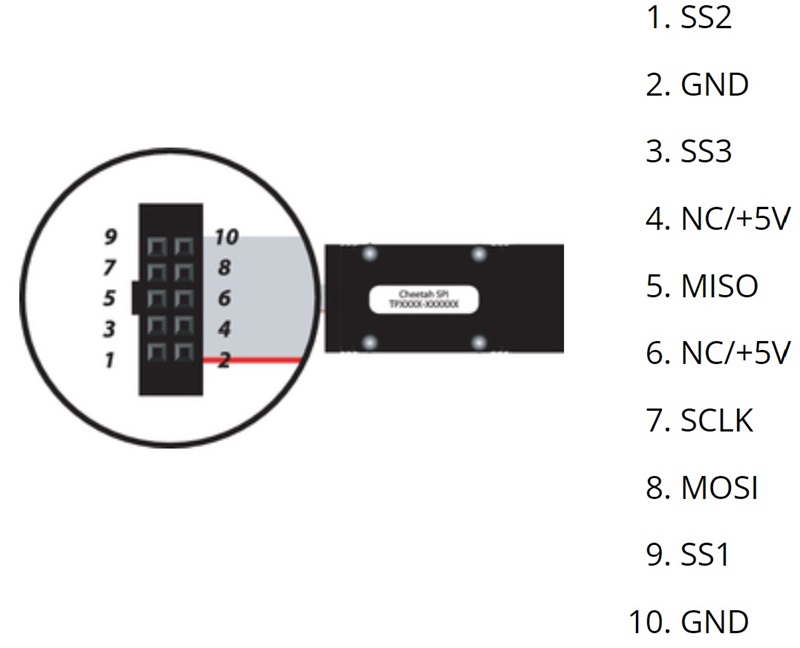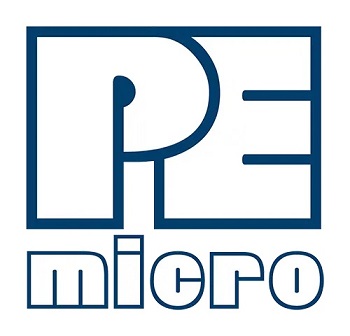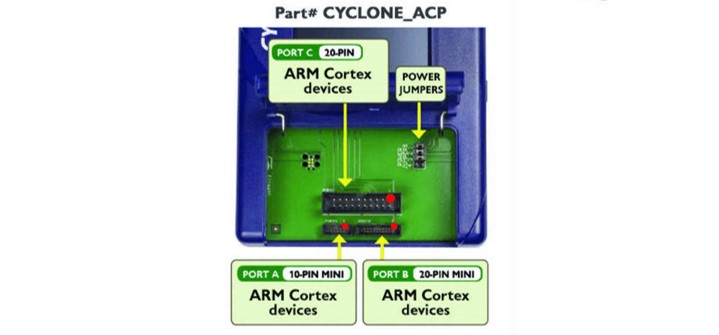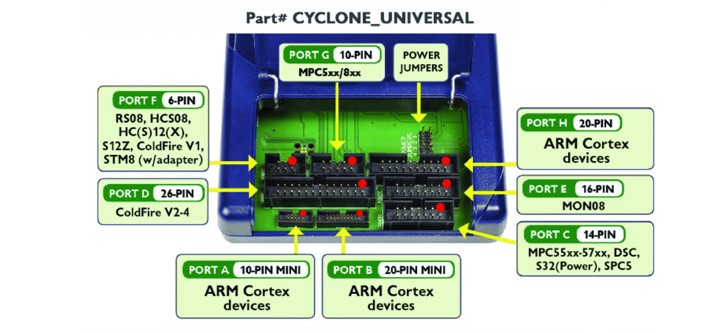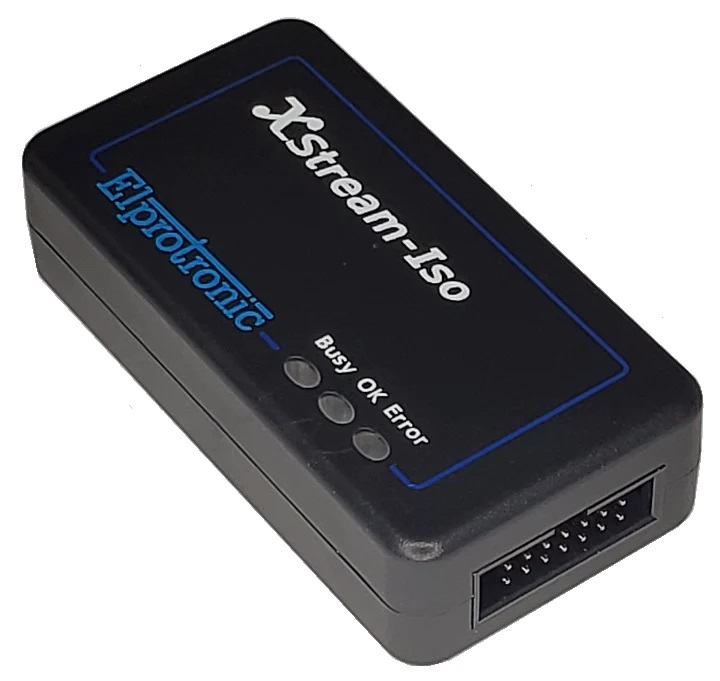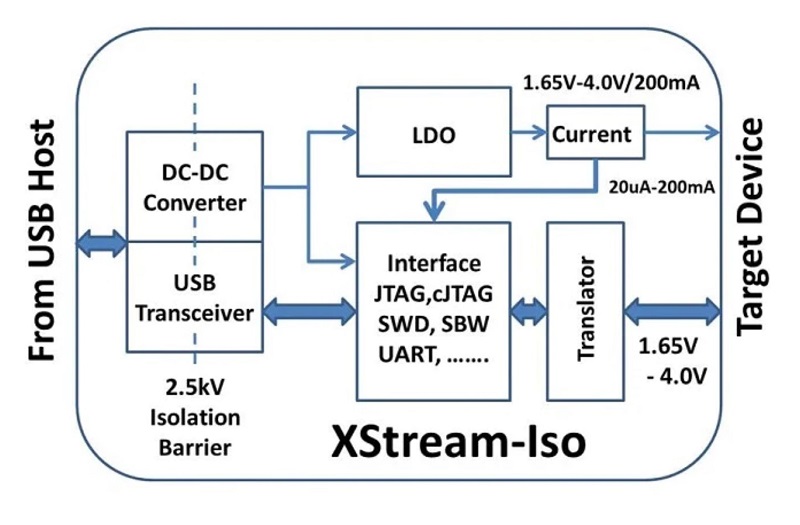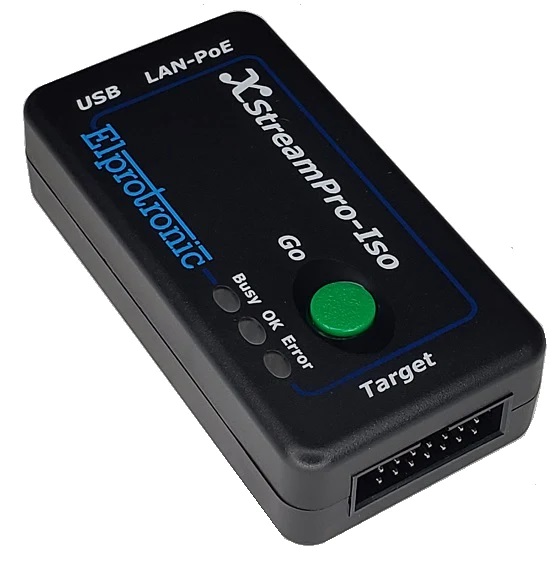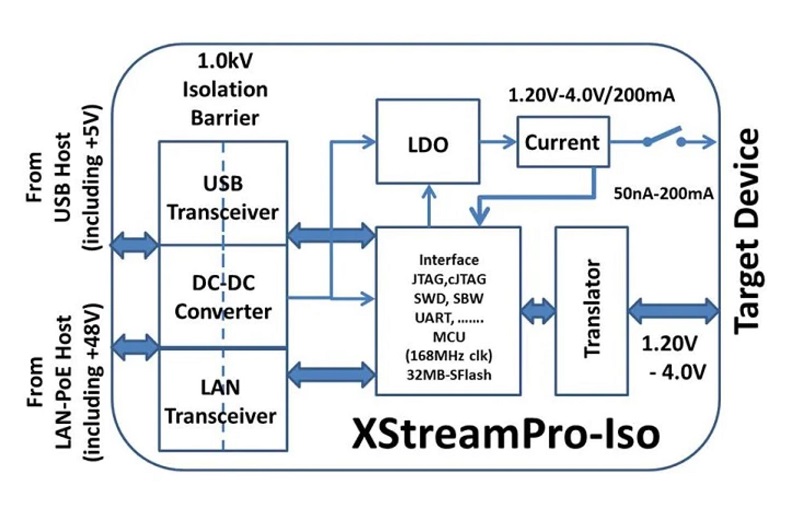
Programming technology
A suitable solution for every chip
Finding the right programming device is difficult due to the large number of different chips and packages. We offer a comprehensive portfolio of programmers suitable for both prototyping and production programming.
Do you have a specific chip that you want to program?
Our partners offer selection wizards or overviews that you can use to determine the compatible programmer and, if applicable, the compatible socket by entering the part number of the chip.
- More
- Dediprog Selection Assistant (Socket & On Board | Flash Memory/ eMMC / UFS / EEPROM / FPGA etc.)
- Xeltek Selection Assistant (Socket & On Board | Flash Memory/ eMMC / UFS / EEPROM / FPGA etc.)
- PEmicro Selection Assistant (On Board Programming | Microcontroller)
- Elprotronic Selection Assistant (On Board Programming | Microcontroller)
Related Articles

Programming of QSPI Flash with the Promira Serial Platform
In this article, the Promira platform erases, programs and reads the N25Q032A.
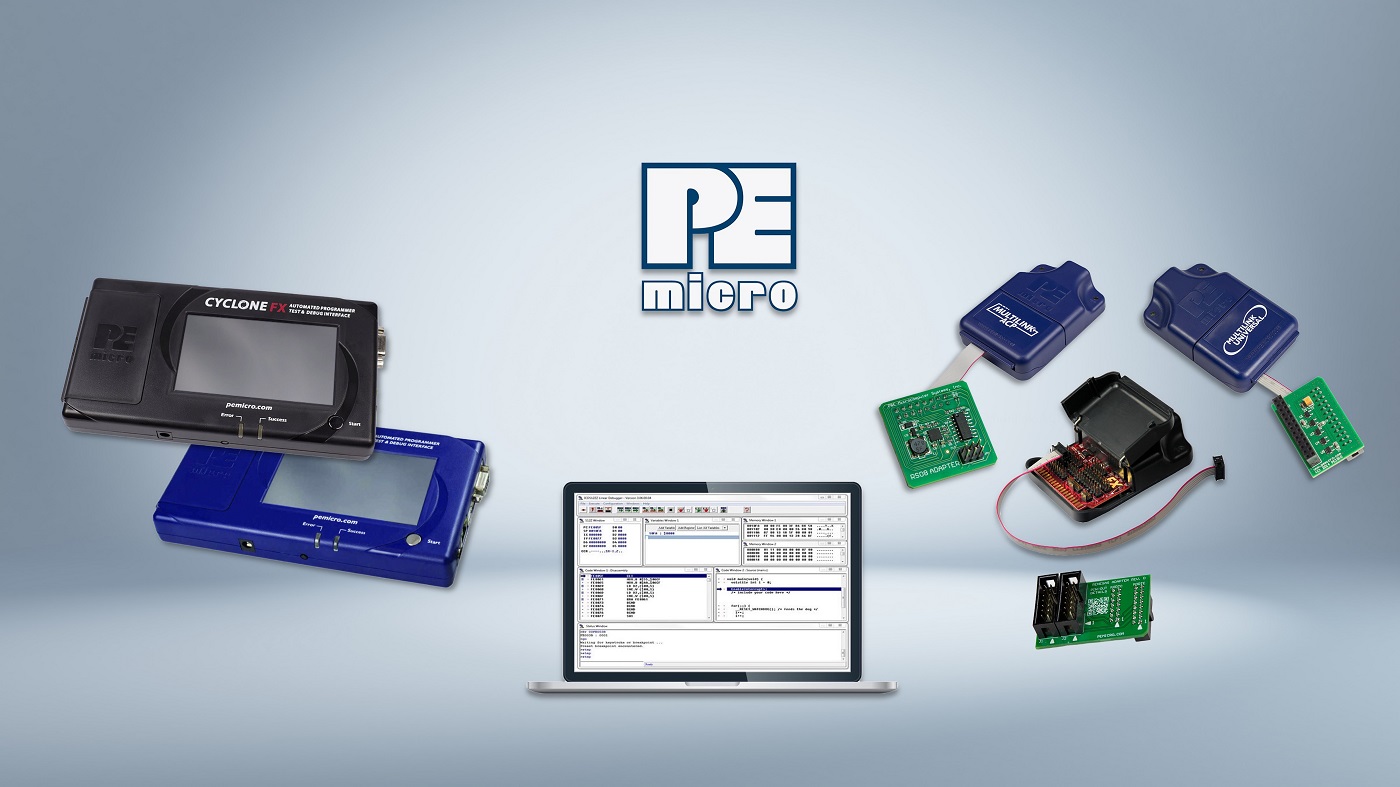
Automated flash programming with C | Control Suite SDK
This example is shown in C. The code and demo applications of the Cyclone Control SDK interfaces are included for GCC, LabView, Microsoft Visual C, Microsoft Visual C # and Delphi / FPC.
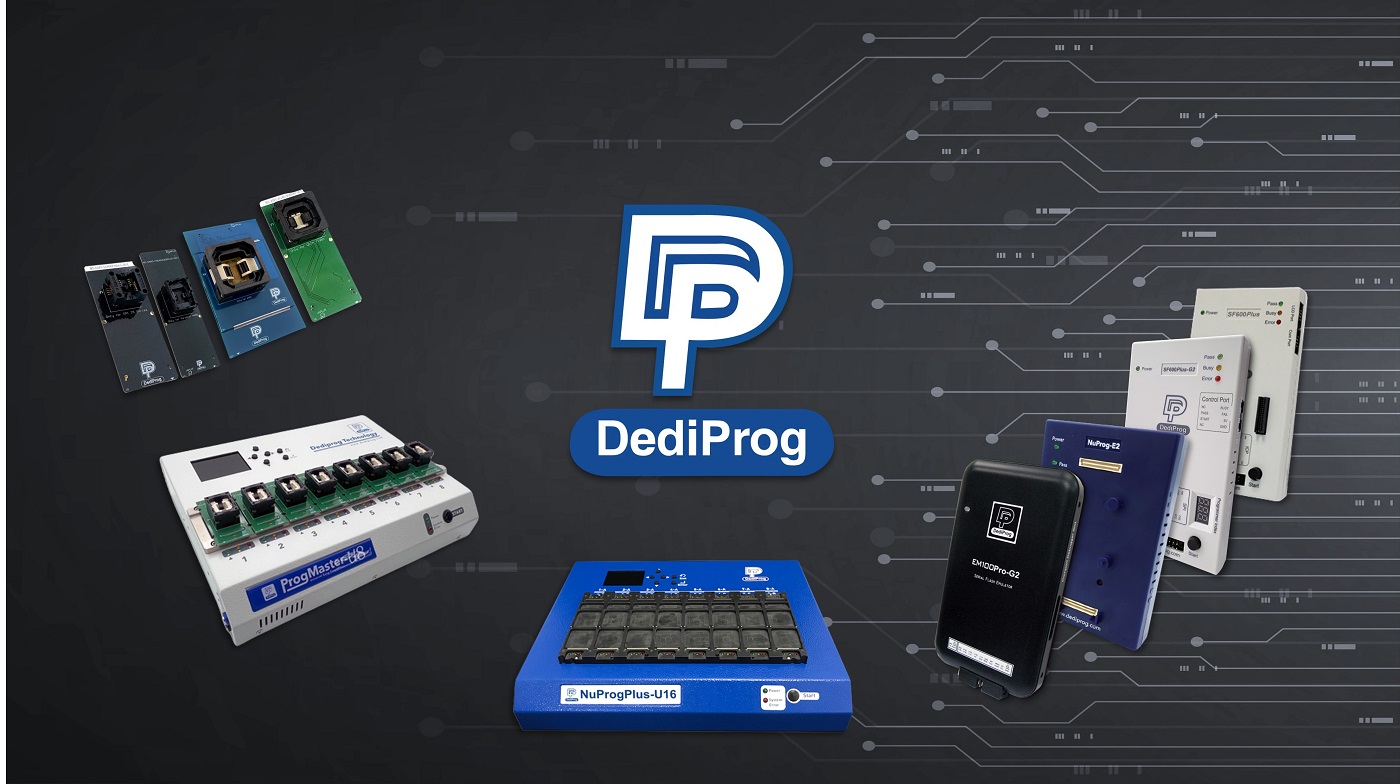
How to Program SPI NOR Flash and EEPROM on StarProg-A
This application note illustrates how to program EEPROM and SPI NOR Flash with Dual die on StarProg-ATE.

Barcode controlled flash programming with Cyclone FX
The Cyclone FX has the capability to automatically select and launch a programming image based upon a scanned barcode.
